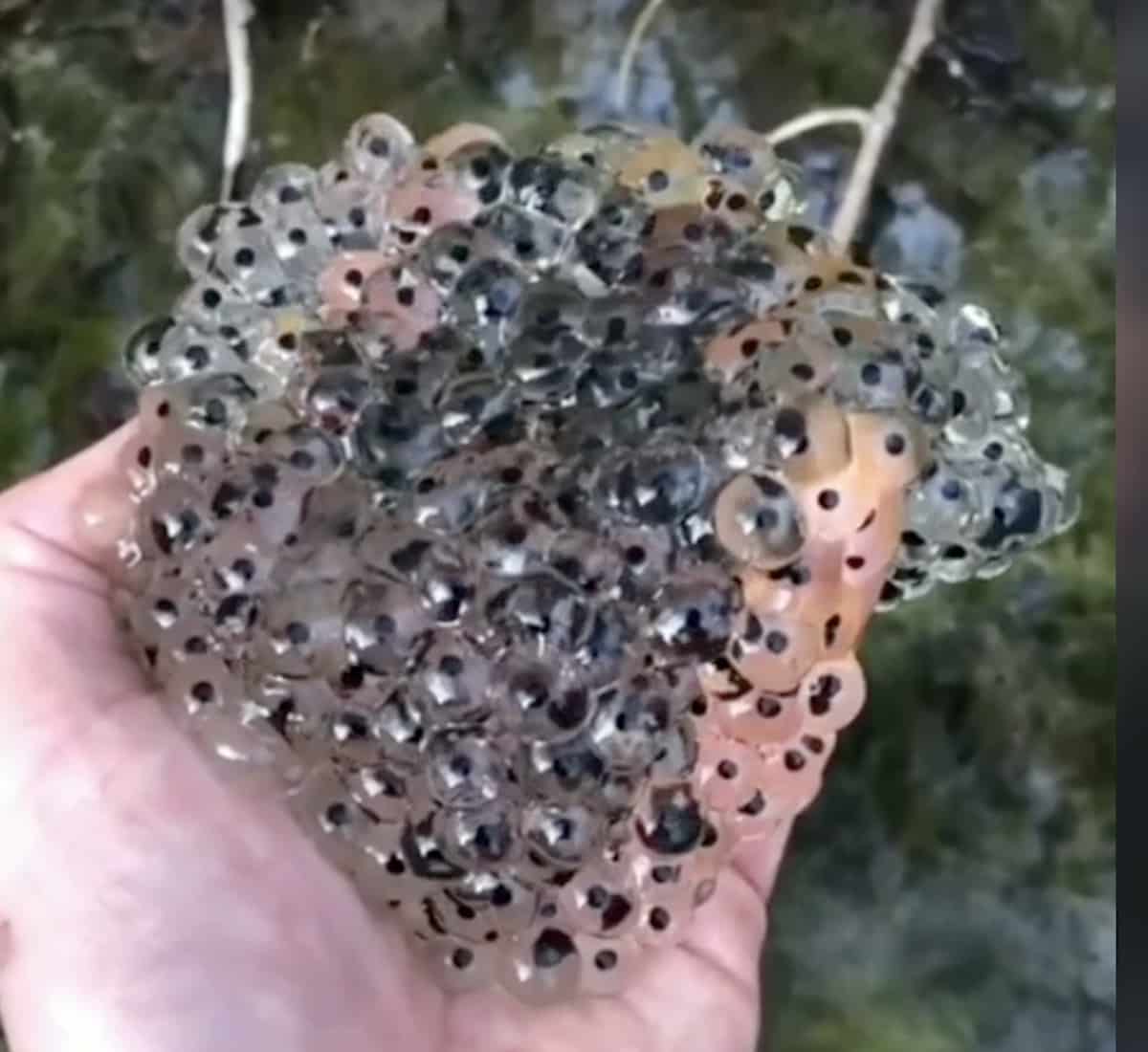TikTok Stunts Like ‘Frog Army’ Threaten Ecosystems

 Why you can trust us
Why you can trust us
Founded in 2005 as an Ohio-based environmental newspaper, EcoWatch is a digital platform dedicated to publishing quality, science-based content on environmental issues, causes, and solutions.
TikTok has introduced many interesting trends, from cleaning hacks to fashion styles. But a recent stunt to relocate animals, like frogs and ladybugs, and release millions of these creatures into non-native habitats is putting ecosystems at risk.
In early 2022, TikTok user thinfrog began posting videos of frogs in a paddling pool near his home. According to Metro, the user, who claims to be based in the UK, began “rescuing” tadpoles from local ponds that were drying up and relocating them to his own backyard to create a so-called frog army.
“This is the biggest frog army ever, but I kind of regret this now because nobody can go in the garden,” thinfrog stated in one video. In a since-deleted video, the user also stated the frogs began moving into nearby gardens, even prompting one neighbor to move away. He later went on to say he was hoping to build “the largest frog army in history,” and, “Next year I will create a giant pond for 10 million frogs.”
The frog army hashtag (#frogarmy) on TikTok has millions of views, and users have been recording themselves taking tadpoles or eggs and moving them into backyard pools and ponds since at least 2021.
“Breeding that many frogs is definitely not good for the environment,” Dawood Qureshi, a marine biologist and researcher for BBC Wildlife, told Metro. “It can cause an influx in frogs that wouldn’t normally survive in this environment, and that can have adverse effects such as too many predators of various insect species being released without many natural limits, which then decreases numbers of insects and can in turn have a negative impact on important processes such as pollination — a process that ensures food plants are growing and thriving.”
Meanwhile, this spring, TikTok user arkeslo posted a video that claimed he released over 100 million ladybugs into Central Park in New York City. In other videos, arkeslo claimed he was sued for the action and fled the U.S.
Some users have pointed out discrepancies in the videos and believe the footage may be fake. But both users have received millions of views, which could encourage similar actions from other TikTok users in the hopes of going viral.
“It makes me cringe,” Tierra Curry, a conservation biologist at the Center for Biological Diversity, told The Guardian. “Instead of helping, [These TikTok users] are actually hurting the animals they’re releasing and all the animals in the environment that they’re releasing them into — it’s creating a vector for disease and invasive species.”
Human relocation of amphibians has already introduced the chytrid fungus Batrachochytrium dendrobatidis, which has impacted over 500 species of amphibians and may have led to about 90 species going extinct.
“They are doing this to get likes or shares,” Curry said. “It’s a popularity stunt that can have extremely negative consequences.”
These stunts may also be illegal, depending on national and state laws. For TikTok users who come across such videos, they should report them to their local wildlife agencies.
Subscribe to get exclusive updates in our daily newsletter!
By signing up, you agree to the Terms of Use and Privacy Policy & to receive electronic communications from EcoWatch Media Group, which may include marketing promotions, advertisements and sponsored content.

 233k
233k  41k
41k  Subscribe
Subscribe 




